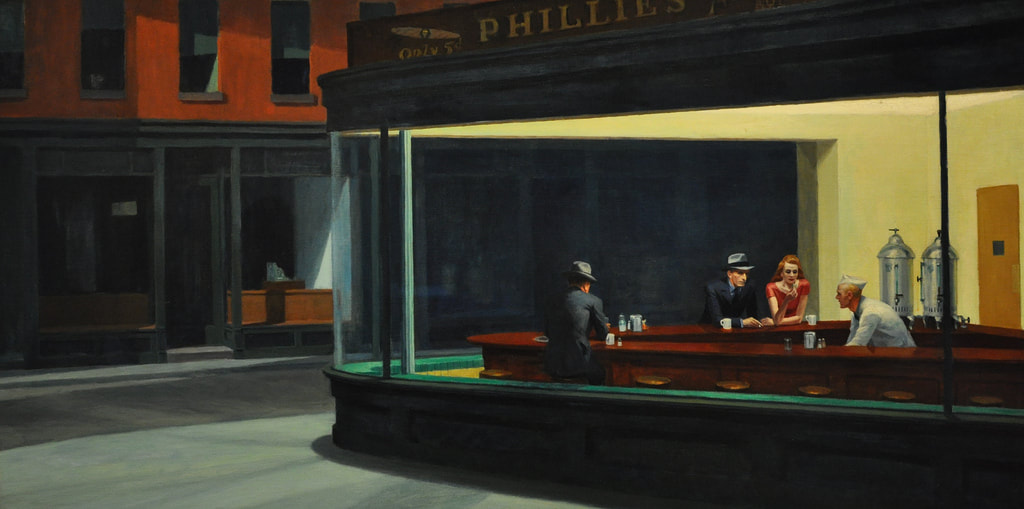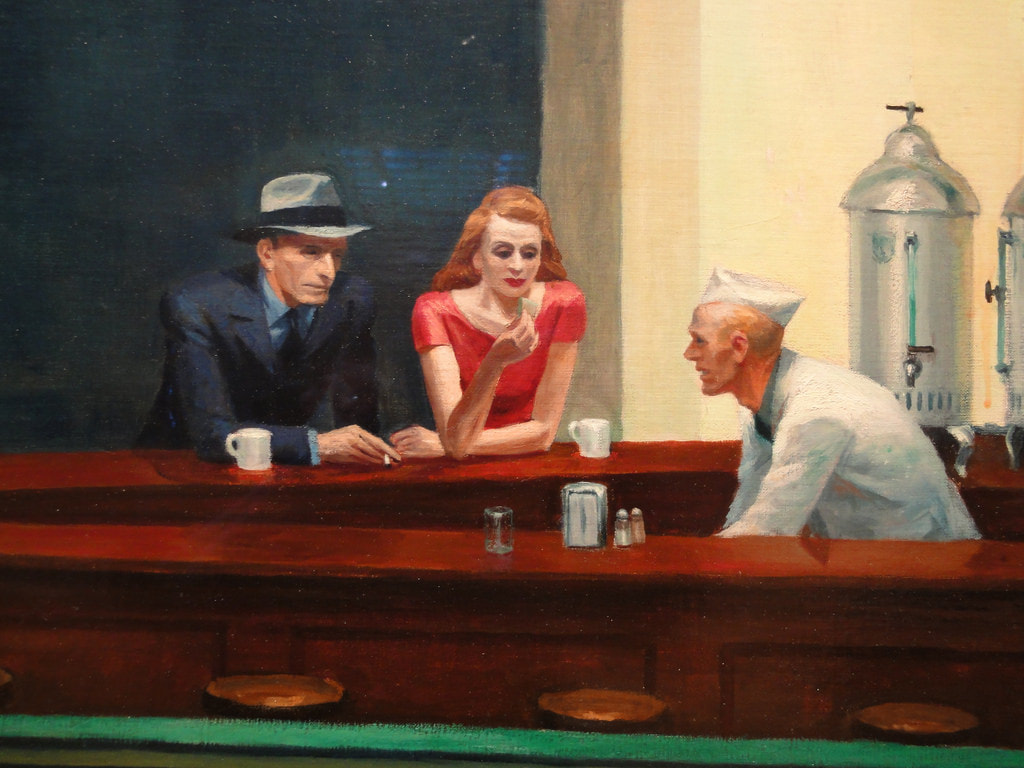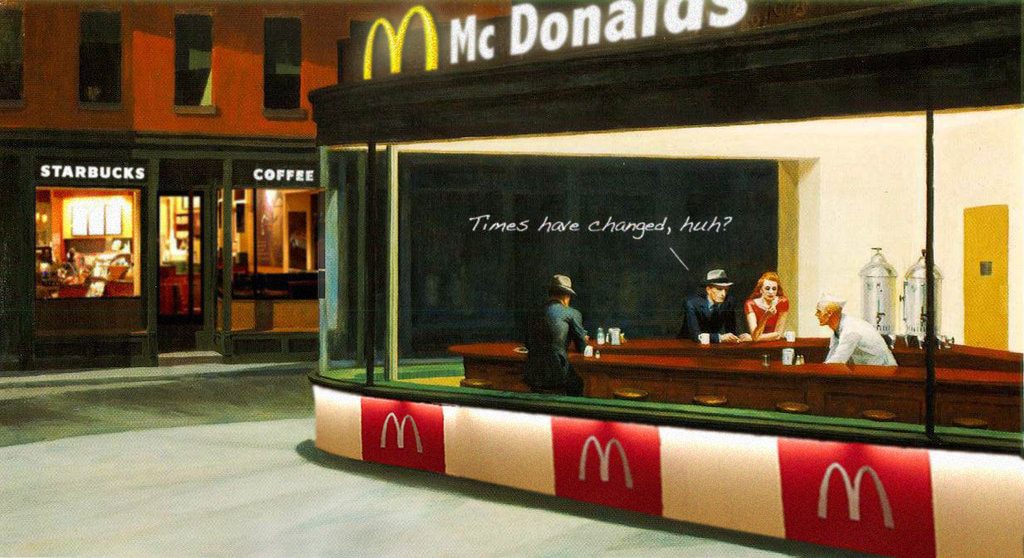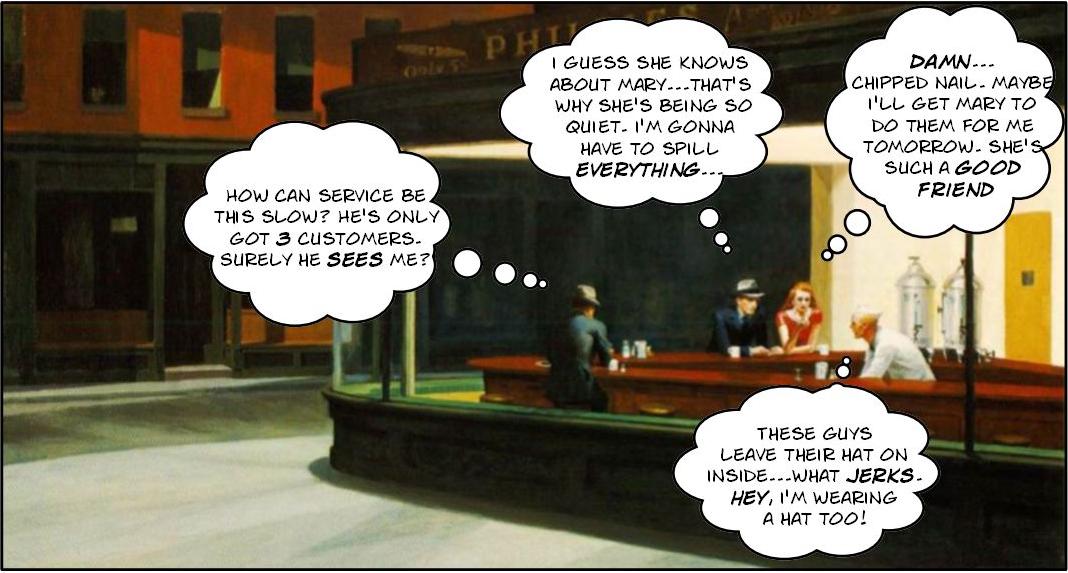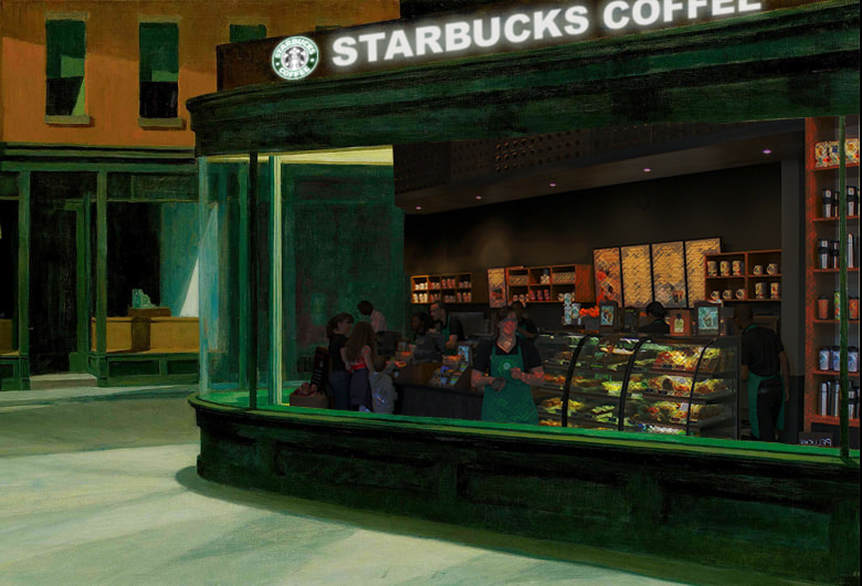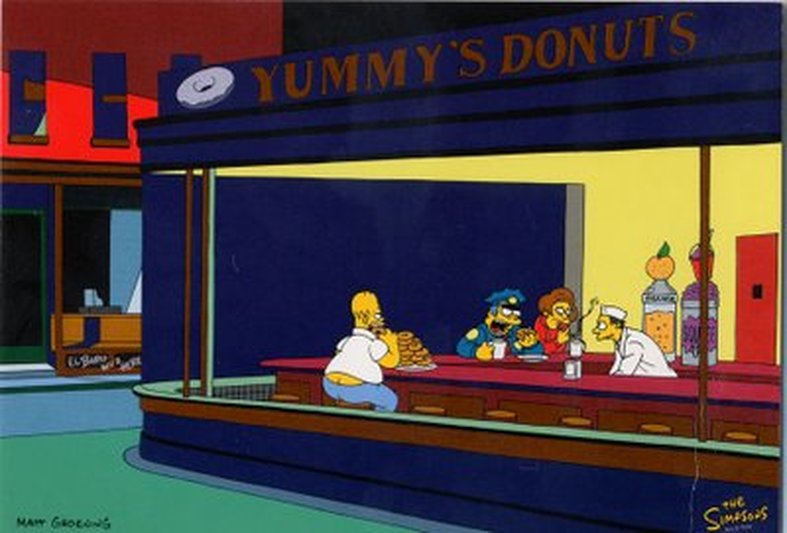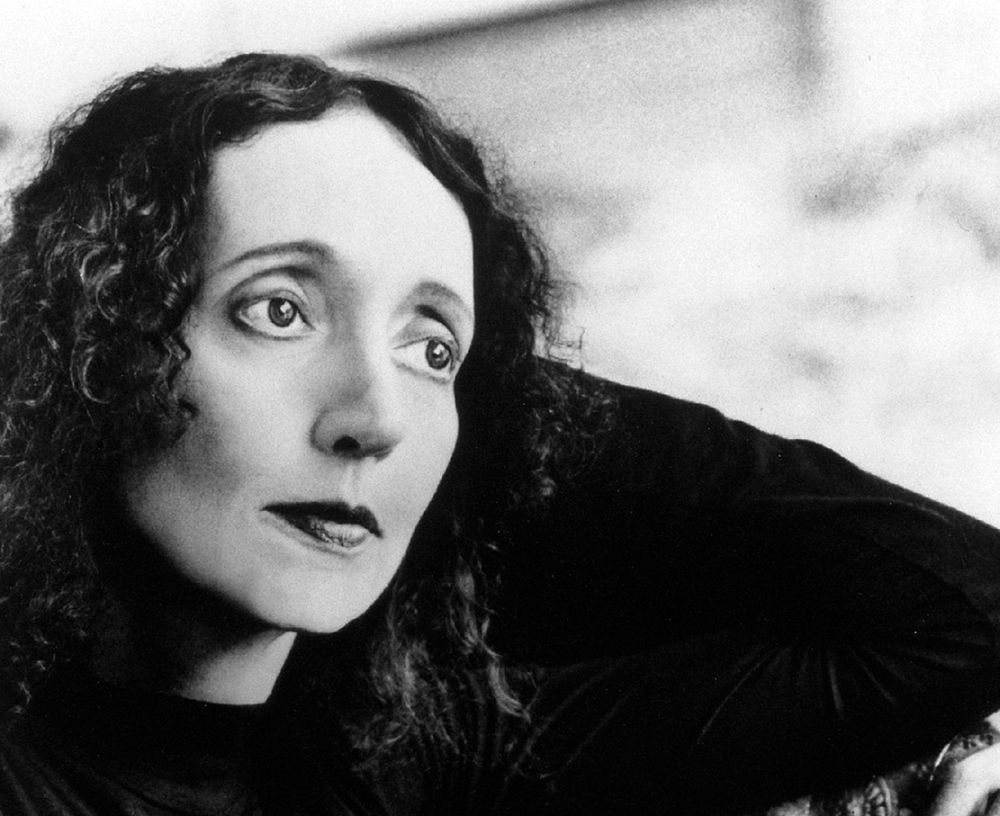Further Oral Activity
Weighting: 15%
Students are required to engage in at least two further oral activities, one based on part 1 and one on part 2 of the course. The mark of the best activity is submitted for final assessment; the marks of the other activities must be recorded and kept by the school.
These activities are an opportunity to explore some of the topics and learning outcomes in parts 1 and 2 of the course. Underpinning these is the issue of intercultural understanding. Through the examination of the cultural context of a text, including the way and the medium through which it is communicated, students will be able to engage with the process of intercultural understanding and thereby reflect on their own cultural practices. A wide variety of activities can be undertaken and these may be individual presentations or interactive in nature, integrating both listening and speaking skills. Students are expected to choose their activity in consultation with the teacher and link it to one (or more) specific learning outcome(s).
Following the completion of the activity students are required to complete a reflective statement on the oral, commenting on their performance and the progress they made in achieving the aims they had set themselves. This must be retained by the school and may be required by the IB’s assessment operations department.
There must be a clear link between the activity and the texts that have been studied in a particular part of the course. A recording is not required or sent for external moderation. The maximum mark for the assessed further oral activity is 30.
Taken from http://www.ibo.org/programmes
Spring Valley HS is a certified DP high school.
These activities are an opportunity to explore some of the topics and learning outcomes in parts 1 and 2 of the course. Underpinning these is the issue of intercultural understanding. Through the examination of the cultural context of a text, including the way and the medium through which it is communicated, students will be able to engage with the process of intercultural understanding and thereby reflect on their own cultural practices. A wide variety of activities can be undertaken and these may be individual presentations or interactive in nature, integrating both listening and speaking skills. Students are expected to choose their activity in consultation with the teacher and link it to one (or more) specific learning outcome(s).
Following the completion of the activity students are required to complete a reflective statement on the oral, commenting on their performance and the progress they made in achieving the aims they had set themselves. This must be retained by the school and may be required by the IB’s assessment operations department.
There must be a clear link between the activity and the texts that have been studied in a particular part of the course. A recording is not required or sent for external moderation. The maximum mark for the assessed further oral activity is 30.
Taken from http://www.ibo.org/programmes
Spring Valley HS is a certified DP high school.
Nighthawks by Edward Hopper (1942)
FOA Toolbox
Examples of further oral activities:
(The following is a list of possible activities. This list is neither exhaustive nor compulsory.)
Structured group discussion:
• Discussion arising from materials prepared by a small group of students, for example, identifying the social, cultural and economic position taken by a particular text.
• Class discussion where two or three students have been given special responsibilities (advance preparation, particular topics, a short report, a provocative position)—the whole class may participate, but only those two or three students should be assessed independently.
• The presentation of material lending itself to discussion within the class, for example, the offering of two opposing readings of a text.
• Formal debate.
Role play:
• A dialogue between two public figures with a follow-up discussion highlighting the way meaning is constructed.
• A public figure interviewed by the student as him/herself, or in another role (for example, a fellow politician).
• Advertising or public relations figures using language in a meeting to shape the view of a product, brand or public figure.
Dramatic presentation:
• Writing and performing a scene concerning an issue encountered in the study of part 1 or part 2 of the course.
• Re-enacting a particular cultural or historical moment with a different focus or interpretation in mind.
Oral presentation:
• A formal speech based on an aspect studied in part 1 or part 2 of the course • A report related to an aspect of part 1 or part 2 of the course, for example, comparing two newspaper articles on the same topic and identifying the stance taken by the newspapers.
• An introduction to a particular topic, for example, the social and cultural contexts of a text.
• The examination of a particular interpretation of a text or event.
• The setting of a particular writer’s text against another body of material, for example, details on social background or political views.
• A commentary on the use of a particular image, idea or symbol in a text or texts studied.
• A comparison of two texts in part 1 or part 2 of the course.
• An account of a student’s developing response to a text.
• A presentation on image as text.
• A presentation highlighting the codes used in a particular visual text.
There are four assessment criteria at HL.
Criterion A: Knowledge and understanding of the text(s) and subject matter or extract 10 marks
Criterion B: Understanding of how language is used 10 marks
Criterion C: Organization 5 marks
Criterion D: Language 5 marks Total 30 marks
Further Oral Activity (SL/HL)
Criterion A: Knowledge and understanding of the text(s) and subject matter or extract
Marks Level descriptor
0: The work does not reach a standard described by the descriptors below.
1–2: The activity shows limited knowledge and little or no understanding of the text(s) and the subject chosen.
3–4: The activity shows some knowledge and understanding of the text(s) and some awareness of the significance of the text(s) in relation to the subject chosen.
5–6: The activity shows adequate knowledge and understanding of the text(s) and awareness of the significance of the text(s) in relation to the subject chosen.
7–8: The activity shows good knowledge and understanding of the text(s) and good awareness of the significance of the text(s) in relation to the subject chosen.
9–10: The activity shows excellent knowledge and understanding of the text(s) and excellent awareness of the significance of the text(s) in relation to the subject chosen.
Criterion B: Understanding of how language is used
Marks Level descriptor
0: The work does not reach a standard described by the descriptors below.
1–2: The work shows a superficial understanding of the way language is used to create meaning; there is little appreciation of the use of language and style.
3–4: The work shows some understanding of the way language is used to create meaning; there is some appreciation of the use of language and style.
(The following is a list of possible activities. This list is neither exhaustive nor compulsory.)
Structured group discussion:
• Discussion arising from materials prepared by a small group of students, for example, identifying the social, cultural and economic position taken by a particular text.
• Class discussion where two or three students have been given special responsibilities (advance preparation, particular topics, a short report, a provocative position)—the whole class may participate, but only those two or three students should be assessed independently.
• The presentation of material lending itself to discussion within the class, for example, the offering of two opposing readings of a text.
• Formal debate.
Role play:
• A dialogue between two public figures with a follow-up discussion highlighting the way meaning is constructed.
• A public figure interviewed by the student as him/herself, or in another role (for example, a fellow politician).
• Advertising or public relations figures using language in a meeting to shape the view of a product, brand or public figure.
Dramatic presentation:
• Writing and performing a scene concerning an issue encountered in the study of part 1 or part 2 of the course.
• Re-enacting a particular cultural or historical moment with a different focus or interpretation in mind.
Oral presentation:
• A formal speech based on an aspect studied in part 1 or part 2 of the course • A report related to an aspect of part 1 or part 2 of the course, for example, comparing two newspaper articles on the same topic and identifying the stance taken by the newspapers.
• An introduction to a particular topic, for example, the social and cultural contexts of a text.
• The examination of a particular interpretation of a text or event.
• The setting of a particular writer’s text against another body of material, for example, details on social background or political views.
• A commentary on the use of a particular image, idea or symbol in a text or texts studied.
• A comparison of two texts in part 1 or part 2 of the course.
• An account of a student’s developing response to a text.
• A presentation on image as text.
• A presentation highlighting the codes used in a particular visual text.
There are four assessment criteria at HL.
Criterion A: Knowledge and understanding of the text(s) and subject matter or extract 10 marks
Criterion B: Understanding of how language is used 10 marks
Criterion C: Organization 5 marks
Criterion D: Language 5 marks Total 30 marks
Further Oral Activity (SL/HL)
Criterion A: Knowledge and understanding of the text(s) and subject matter or extract
- To what extent does the activity show knowledge and understanding of the text(s) and subject chosen for the oral activity?
- Has the student shown awareness and understanding of the meaning of the text(s) in relation to the subject?
Marks Level descriptor
0: The work does not reach a standard described by the descriptors below.
1–2: The activity shows limited knowledge and little or no understanding of the text(s) and the subject chosen.
3–4: The activity shows some knowledge and understanding of the text(s) and some awareness of the significance of the text(s) in relation to the subject chosen.
5–6: The activity shows adequate knowledge and understanding of the text(s) and awareness of the significance of the text(s) in relation to the subject chosen.
7–8: The activity shows good knowledge and understanding of the text(s) and good awareness of the significance of the text(s) in relation to the subject chosen.
9–10: The activity shows excellent knowledge and understanding of the text(s) and excellent awareness of the significance of the text(s) in relation to the subject chosen.
Criterion B: Understanding of how language is used
- To what extent does the activity show understanding of the way language is used to create meaning?
- Has the student shown an appreciation of how language and style is used to particular effect in the text?
Marks Level descriptor
0: The work does not reach a standard described by the descriptors below.
1–2: The work shows a superficial understanding of the way language is used to create meaning; there is little appreciation of the use of language and style.
3–4: The work shows some understanding of the way language is used to create meaning; there is some appreciation of the use of language and style.
Parodies of Nighthawks
Poetry Inspired by Nighthawks
|
Vertical Divider
|
Edward Hopper’s Nighthawks, 1942
|
